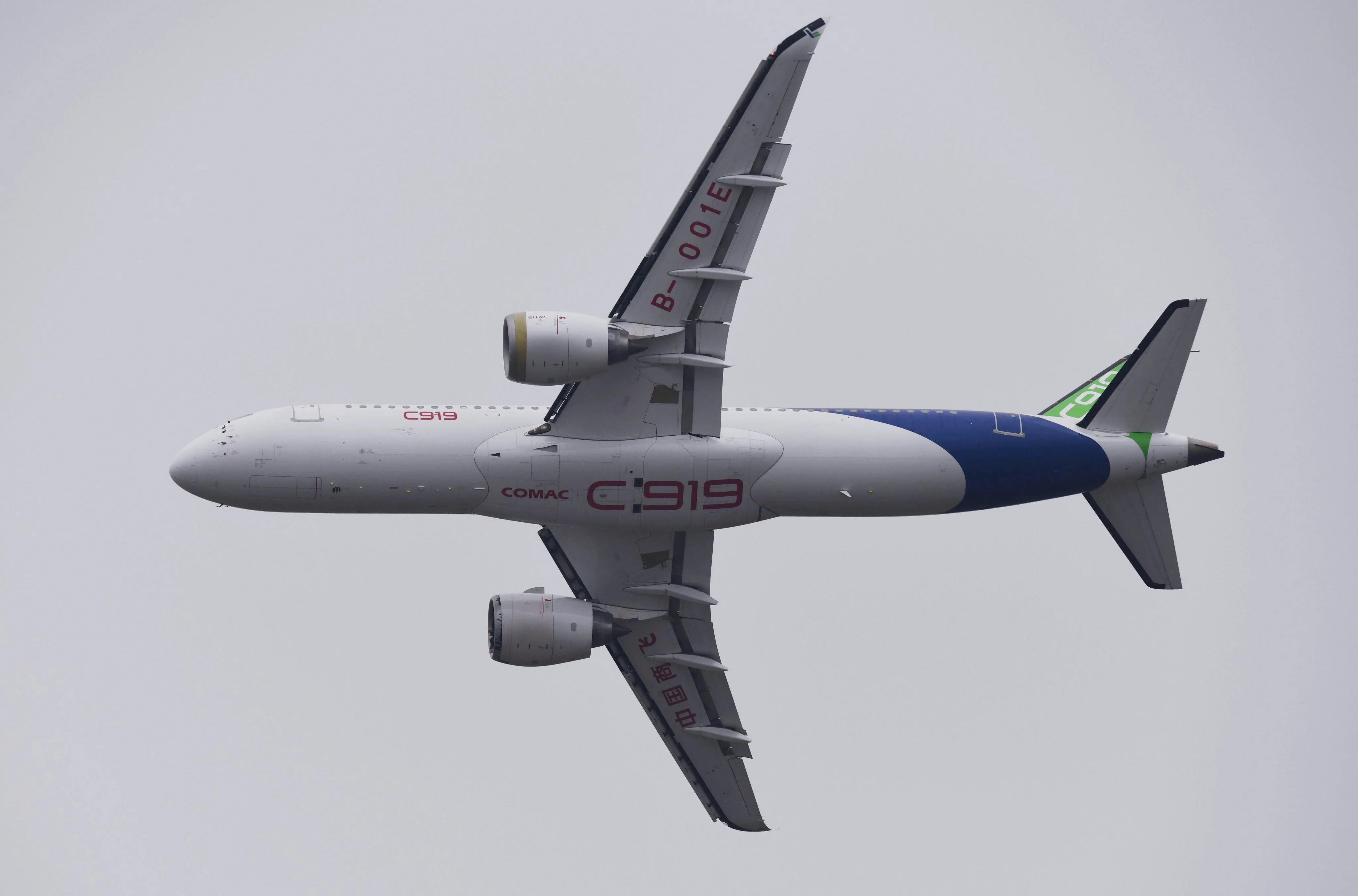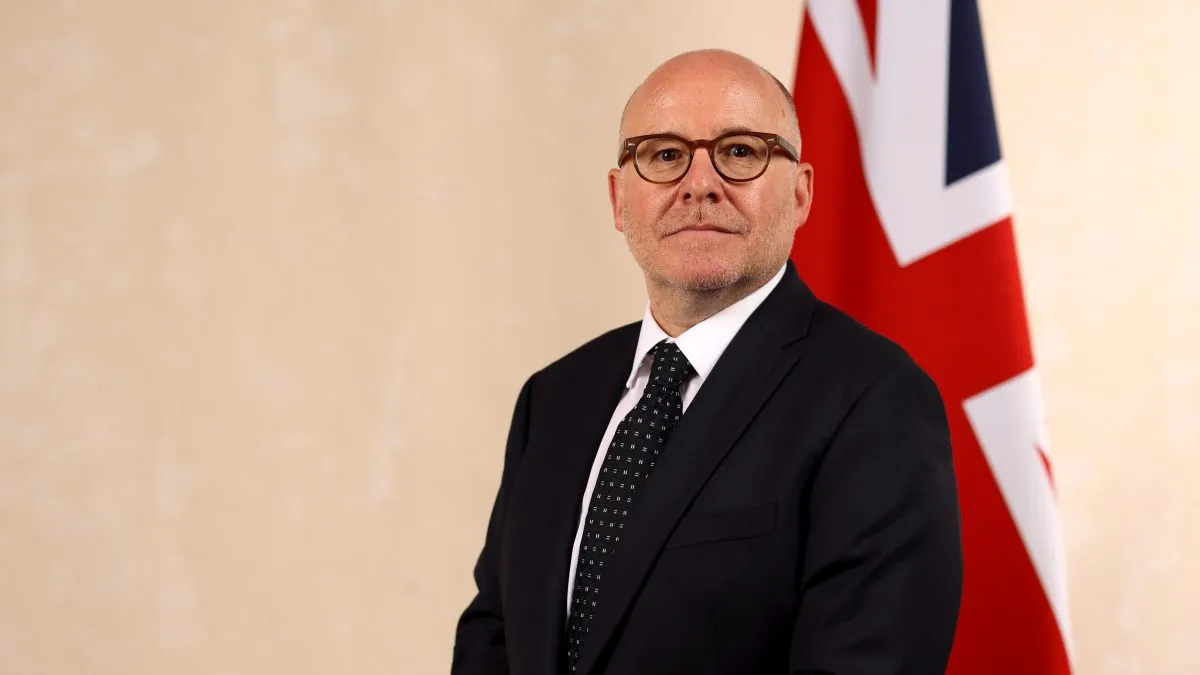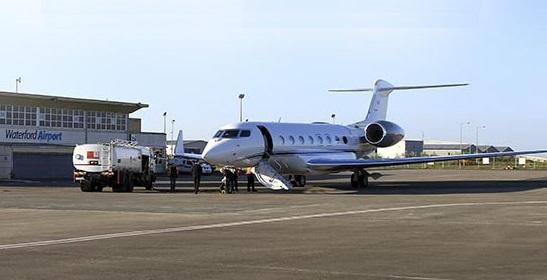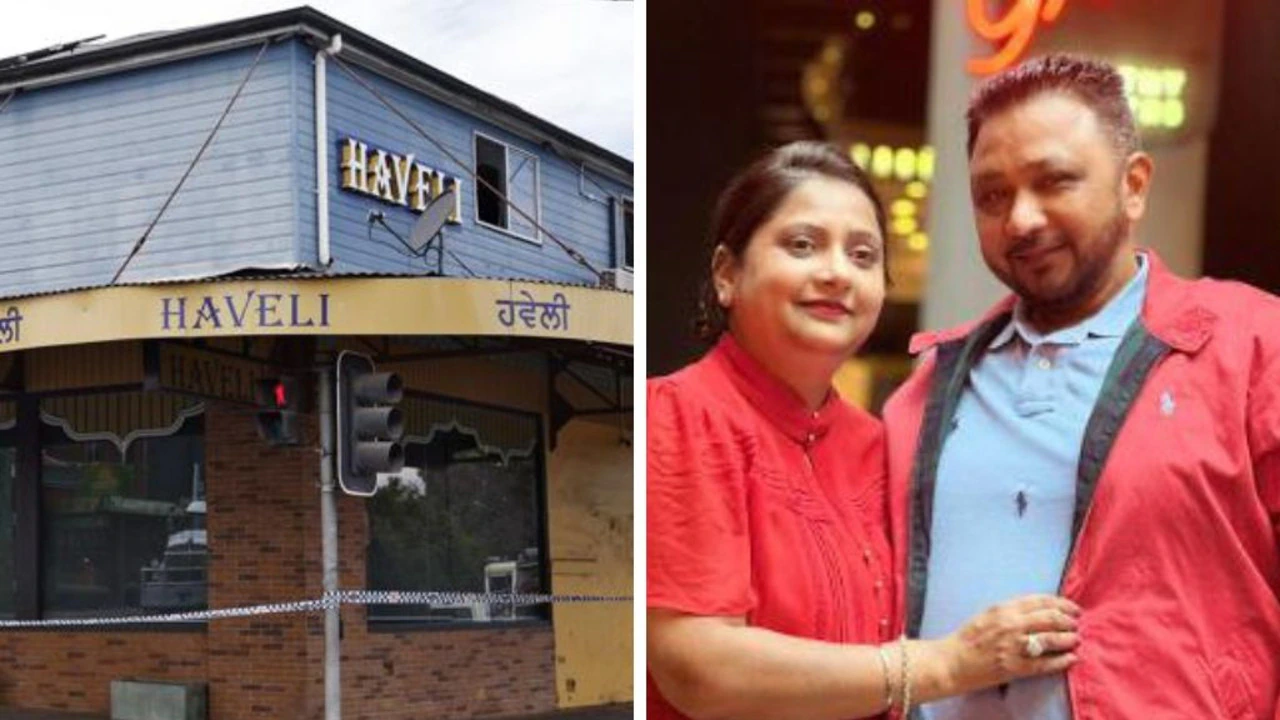By Jean Iau
Copyright scmp

Malaysian Transport Minister Anthony Loke has called on the Chinese state-owned maker of the C919 passenger jet to set its sights on the global market and be more aggressive in boosting its international standing, as AirAsia nears a deal to become its first foreign buyer.
Loke made the comments on Wednesday while speaking at a Malaysian Chamber of Commerce Hong Kong and Macau (Maycham) event, where he outlined a series of updates on his country’s transport industry – from air travel to cross-border ride-hailing with Singapore.
Since its commercial debut in May 2023, the C919 aircraft developed by state-owned Commercial Aircraft Corporation of China (Comac) has flown more than 1.5 million passengers on domestic carriers including Air China, China Eastern Airlines and China Southern Airlines, but the company has yet to secure any foreign orders for the model.
Loke said he had given Comac feedback on improving its marketing strategy after the company held a roadshow at Subang Airport last year and parked a C919 there without informing him, leaving him to view the aircraft on his own without an invitation.
“The moment you have a foreign airline flying your plane, the confidence will go up, and you are becoming an international player,” said Loke. “Even if you get 10 planes flown by a foreign airline, you’ll make a lot of difference, because that is a recognition of the safety and the reliability of the aircraft.”
Tony Fernandes, chief executive of Capital A – the investment holding company of AirAsia – confirmed during the Belt and Road Summit in Hong Kong on the same day that the airline was in active discussions to buy the C919, describing it as the first foreign carrier to work with Comac on a deal.
While he did not disclose the order size or pricing, Fernandes said the acquisition would support AirAsia’s strategy to tap into Southeast Asia’s 700 million strong population and deepen its exposure to growing China–Asean travel and trade ties.
Fernandes also attended the Maycham event, where he told the audience that his pilots believed they could convert from flying an Airbus to the C919 with just one day of training. He also said he had used Loke’s argument about the value of foreign recognition to bargain for a better price during negotiations, to which Comac had responded quickly.
“Most of the West is not taking the Comac aircraft seriously; I can tell you, it’s a fantastic aircraft. We are very serious,” he said.
While Fernandes declined to say when the deal would be done, he indicated Comac would “deliver aircraft sooner than we all imagine” and quipped that it would be “as close as the RTS is”.
He was referring to the Johor Bahru–Singapore Rapid Transit System (RTS), a 4km rail line connecting Singapore’s Woodlands to Malaysia’s Bukit Chagar station, targeted for completion in December 2026.
Loke also spoke at length about connectivity between Singapore and Johor in light of the special economic zone that was officially launched in January this year, which would allow some companies headquartered in Singapore to set up factories or plants in Johor with tax incentives.
The main travel route between the two cities is the 1km Causeway, used by more than 300,000 commuters daily, making it one of the busiest land crossings in the world.
However, cross-border ride-hailing services remain illegal due to insurance and vehicle registration issues. In recent months, Singaporean authorities have cracked down on Malaysian drivers offering unauthorised services.
Loke described the Malaysian side as “100 per cent ready” to legalise cross-border e-hailing but noted that the Singapore government was concerned about its drivers losing out, as the cost of owning a car in Singapore was far higher than in Malaysia.
He said authorities were in talks to create safeguards such as standardising the number of cars from each country, but there were still issues to iron out. Yet he expressed confidence both sides would legalise cross-border e-hailing since the demand from Singaporeans, especially executives travelling for work, was strong.
“I have the experience of dealing with many Singaporean ministers over the past few years. I know they are very pragmatic, even though they know there are certain risks to take, but if [push] comes to shove [and] they need to make that decision, they will make the decision,” Loke said.
“We have to find a way to allow it, so I think this will come sooner or later,” he added.
Loke also provided an update on the Air Silk Road initiative, which aims to boost aviation logistics between Kuala Lumpur International Airport (KLIA) and Zhengzhou Xinzheng International Airport in Henan.
The goal of the project is to “realise the common vision of a seamless Air Silk Road between Asean and China”, according to a joint statement issued during Chinese President Xi Jinping’s visit to Malaysia in April.
Loke said Malaysia is positioning KLIA as a regional air cargo hub capable of serving Southeast Asia – particularly smaller, third-tier cities – and easing the movement of goods to China, given the airport’s strategic location.
He noted that the governor of Henan would visit Malaysia next week and that he planned to meet him to further promote the initiative.
Asked about a timeline, Loke said he expected the plans to “filter down very quickly” since the project had backing from Xi himself, but infrastructure details still needed to be worked out and airlines would have to respond swiftly.
He emphasised that the private sector would need to take the lead in implementing the initiative. “We create the conditions for the business community. It’s up to them to make it work,” he said.



